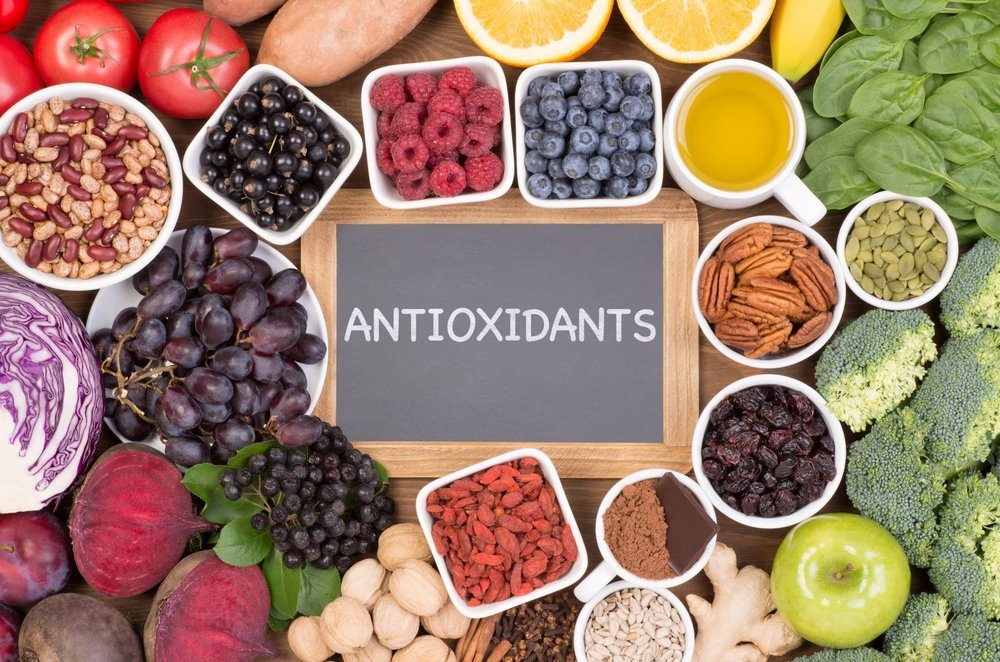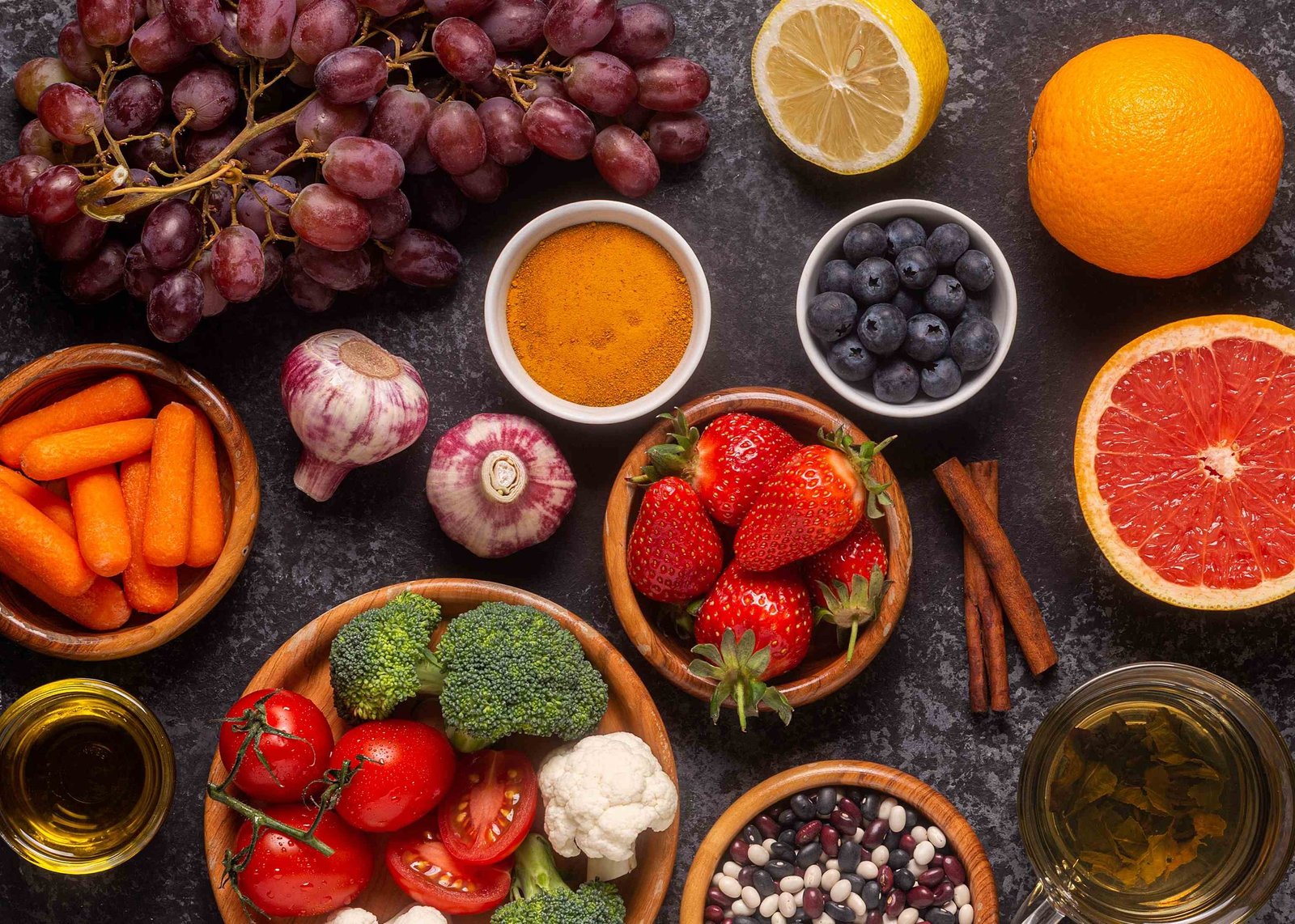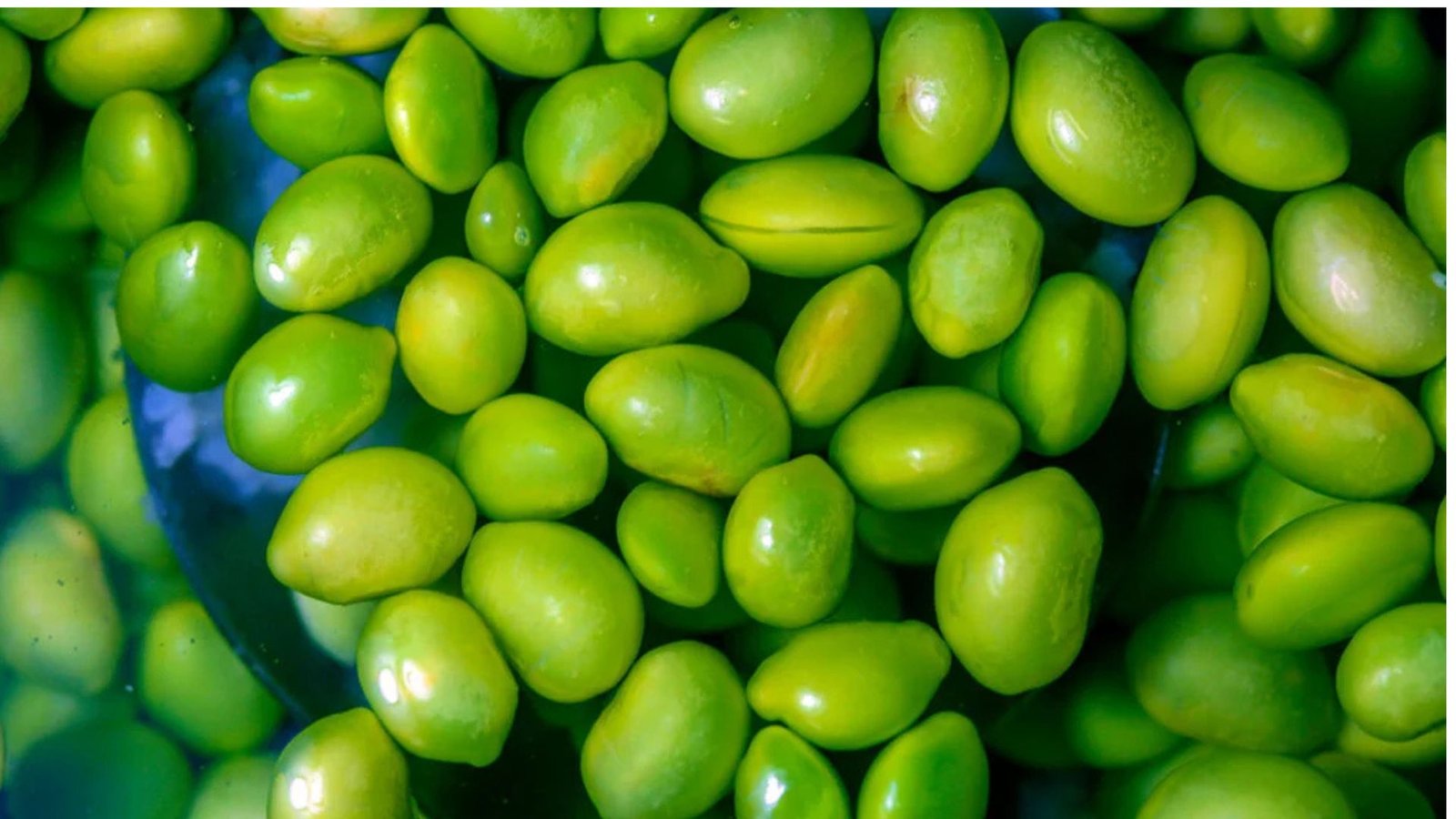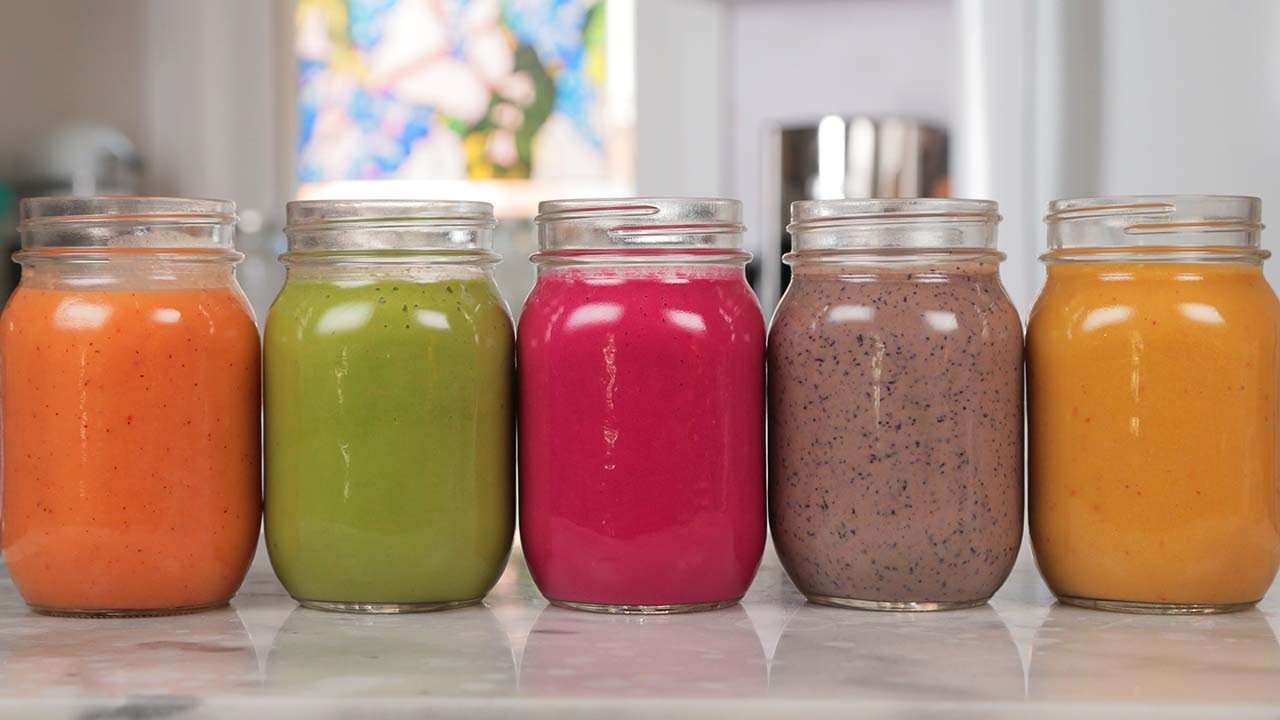Over the past decade, the term “superfood” has exploded into popular culture, promising miraculous health benefits, longevity, and even weight loss. From chia seeds and kale to exotic picks like goji berries and spirulina, superfoods have become the darlings of healthy eating trends.
But do these foods really deliver on their lofty claims, or is it all just clever marketing? This article dives into the truth about superfoods, exploring their real benefits, debunking myths, and offering tips on how to incorporate them into a healthy lifestyle.
1. What Are Superfoods?
The term “superfood” refers to foods that are rich in nutrients and believed to provide significant health benefits. While there’s no official scientific definition, superfoods typically contain:
- High levels of vitamins and minerals
- Antioxidants that fight inflammation and oxidative stress
- Healthy fats, fiber, or plant-based compounds
Some of the most popular superfoods include:
- Berries: Blueberries, acai, and goji berries
- Greens: Kale, spinach, and broccoli
- Seeds and nuts: Chia seeds, flaxseeds, and almonds
- Grains: Quinoa, oats, and brown rice
- Fish: Salmon, sardines, and mackerel
2. The Benefits of Superfoods: Separating Fact from Fiction
While superfoods do pack a punch nutritionally, it’s important to separate genuine benefits from overblown claims:
What Superfoods Can Do:
- Boost nutrient intake: Superfoods are dense in vitamins, minerals, and antioxidants that support overall health.
- Fight inflammation: Foods like turmeric (curcumin) and berries contain compounds that help reduce chronic inflammation.
- Support heart health: Omega-3-rich foods like salmon and chia seeds can improve cholesterol levels and reduce heart disease risk.
- Aid digestion: Superfoods high in fiber (like oats, flaxseeds, and broccoli) promote gut health and regular digestion.
What Superfoods Can’t Do:
- Replace a balanced diet: Eating a handful of superfoods won’t undo poor eating habits. They’re part of a healthy lifestyle, not a magic bullet.
- Cure diseases: While they contain beneficial compounds, no single food can prevent or cure illnesses on its own.
- Guarantee weight loss: Superfoods are nutritious, but calorie balance and regular exercise remain key for weight management.
The Bottom Line: Superfoods are beneficial, but they’re not miracles. They work best as part of a balanced, varied diet.

3. The Role of Marketing: Are Superfoods Overhyped?
The term “superfood” is largely a marketing tool used to drive consumer interest. Exotic foods like acai, spirulina, and maca often come with hefty price tags and bold claims, but are they really better than everyday options?
Examples of Overhyped vs. Affordable Alternatives:
- Acai berries: Expensive and exotic.
- Alternative: Blueberries or strawberries, which are just as rich in antioxidants and vitamins.
- Chia seeds: A popular superfood.
- Alternative: Flaxseeds, offering similar omega-3 content at a lower cost.
- Quinoa: A high-protein grain.
- Alternative: Brown rice or oats, which also provide fiber and essential nutrients.
Tip: Don’t get caught up in trends—many superfoods have affordable, nutrient-dense alternatives that are readily available.
4. Everyday Foods That Are Superfoods in Disguise
You don’t need exotic or expensive ingredients to eat well. Here are some everyday “superfoods” you may already have in your kitchen:
- Eggs: Packed with protein, vitamins, and choline for brain health.
- Beans and lentils: Rich in fiber, protein, and minerals like iron and potassium.
- Sweet potatoes: High in beta-carotene, vitamin C, and antioxidants.
- Garlic: Contains allicin, known for its immune-boosting and anti-inflammatory properties.
- Apples: A fiber-rich snack with antioxidants to support heart health.
Tip: Focus on whole, unprocessed foods that are easy to include in your diet.
5. Superfoods You Should Try
If you want to add variety to your diet, here are a few superfoods worth exploring:
- Berries: Rich in antioxidants that combat oxidative stress.
- Turmeric: Its active compound, curcumin, reduces inflammation. Pair with black pepper for better absorption.
- Dark leafy greens: Kale, spinach, and Swiss chard are nutrient powerhouses.
- Nuts and seeds: Almonds, walnuts, chia, and flaxseeds support heart and brain health.
- Fatty fish: Salmon and sardines are excellent sources of omega-3 fatty acids.
- Green tea: Contains catechins, antioxidants linked to improved metabolism and brain function.
6. Tips for Incorporating Superfoods Into Your Diet
- Start small: Add a handful of berries to your oatmeal or smoothie.
- Focus on variety: Eat the rainbow—include colorful fruits and vegetables.
- Budget-friendly swaps: Use affordable alternatives like lentils, brown rice, and seasonal produce.
- Meal prep: Plan meals ahead to include nutrient-dense ingredients like greens, seeds, and whole grains.
- Experiment: Try new recipes with turmeric, quinoa, or spirulina in moderation.
7. Final Verdict: Are Superfoods Worth It?
Superfoods can be a valuable addition to your diet, offering a concentrated dose of essential nutrients and health benefits. However:
- They are not a shortcut to health. A balanced, varied diet is still the foundation.
- Don’t be swayed by marketing. Everyday, accessible foods like apples, eggs, and beans are just as “super.”
The Key Takeaway: Enjoy superfoods as part of a well-rounded diet, but don’t rely on them alone. Health is about sustainable habits, not trends.











